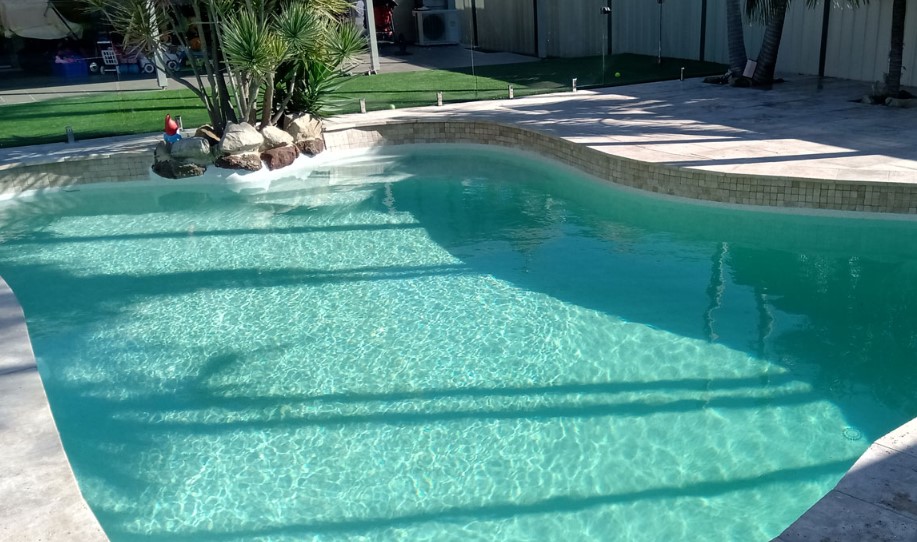Evaporation is a natural process that occurs in all swimming pools as water turns into vapor and escapes into the atmosphere. The rate of evaporation can vary depending on several factors, including the pool’s size, temperature, humidity, wind speed, and the pool’s exposure to direct sunlight. On average, a typical residential pool can lose about 1/4 to 1/2 inch (0.6 to 1.3 centimeters) of water per day due to evaporation.
Here are some factors that influence pool water evaporation:
-
Temperature: Higher temperatures can increase the rate of evaporation. Hotter air can hold more moisture, leading to more water loss from the pool.
-
Humidity: Lower humidity levels contribute to increased evaporation. When the air is dry, it has a greater capacity to absorb moisture from the pool surface.
-
Wind: Windy conditions accelerate evaporation by removing the moist air from the pool’s surface, allowing drier air to replace it.
-
Sunlight: Pools exposed to direct sunlight tend to experience more evaporation because the heat from the sun raises the pool’s temperature, increasing the rate of water loss.
-
Pool Size and Surface Area: Larger pools with greater surface area will experience more evaporation than smaller pools.
While some degree of evaporation is normal for any pool, excessive water loss can lead to a variety of issues, including imbalanced water chemistry, increased chemical costs, and the need to continually add water to maintain the pool’s water level.
To minimize excessive evaporation, consider the following tips:
-
Use a Pool Cover: A pool cover can significantly reduce evaporation by preventing direct sunlight and wind from reaching the pool’s surface. It also helps retain heat and reduce heating costs.
-
Manage Water Temperature: Lowering the water temperature when the pool is not in use can reduce evaporation rates. Consider using a pool heater with a thermostat to maintain optimal temperatures.
-
Maintain Proper Water Chemistry: Balanced water chemistry can help reduce the need for excessive water additions due to evaporation-related imbalances.
-
Landscaping and Windbreaks: Planting windbreaks or using landscaping features can help shield the pool from strong winds, reducing evaporation.
-
Regular Inspection: Keep an eye on your pool’s water level and address any issues with leaks or excessive evaporation promptly.
Remember that it’s essential to regularly top off your pool with fresh water to maintain the appropriate water level, as water loss due to evaporation is a normal part of pool ownership. However, taking steps to minimize excessive evaporation can help conserve water and reduce the costs associated with maintaining your pool. You can also hire a best commercial pool renovation company.














